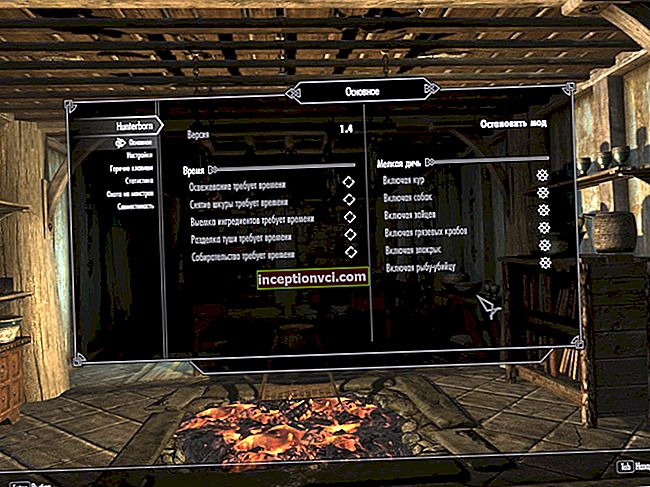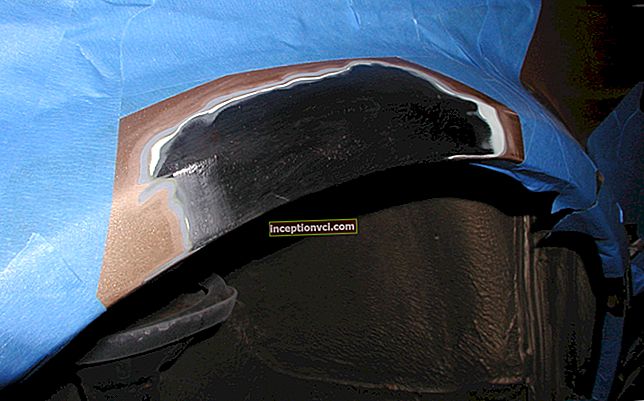CPU performance testing
Existing motherboards and software are often not ready to fully work with quad-core processors. But even in this "raw" form, the systems of the new generation give one and a half increase in productivity.

EQUIPMENT SETUP
Sophisticated versatility
The basis of my test bench was the ASUS P5W64 WS Pro motherboard. There were no problems with installing and measuring the performance of Core 2 Extreme. But with a quad-core processor, despite the inscription "Quad-Core Ready" on the packaging of the motherboard, I had to tinker with it. The BIOS did not want to recognize it in the installed Core 2 Quad processor. Initially, she even decided that a triple-core processor was installed in the slot.
After updating the BIOS, I finally found the fourth core in the processor. But a complete understanding between the pre-sale sample of the new CPU, the firmware of the motherboard and the existing versions of the test programs was not achieved. For example, the utility for collecting information CPU-Z (versions 1.36 and 1.37) successfully identified the processor as a Core 2 Quad Q6600, but at the same time assured us that it consists of four Xeon cores. Some applications, such as Windows Media Encoder, refused to launch or worked with errors.
Well, hardware manufacturers and software developers still have a little time to achieve complete mutual understanding from their products, which does not require additional effort from the user. And we still managed to bring our pre-series ward into a capable state. It's time to move on to testing.
TESTING
Frequency vs. multicore
To test the performance of the processor, I chose the user- and time-tested programs from Futuremark: PCMark 05, 3DMark 05, and 3DMark 06. Using the WinRAR archiver as an example, we checked the real performance when compressing files. The results obtained cannot be called unambiguous.

PCMark 05
I used only the most relevant part of the PCMark benchmark suite - the CPU Suite for this testing. The benchmark was released quite a while ago, so there was no reason to count on support and adequate use of the four Core 2 Quad cores. These fears were partly confirmed: Core 2 Extreme X6800 scored 200 points less than Core 2 Quad in the test. Considering the unpreparedness of the program for multi-core systems and the advantage in the frequency of Core 2 Extreme cores, this result can be considered a victory for Core 2.
3DMark 05
Sharpened on testing millions of gaming systems, 3DMark 05 is still a good tool for assessing the graphics and overall performance of a system today. Alas, like PCMark 05, it is not able to fully realize the potential of four cores, so Core 2 Extreme is quite natural to take the lead in this test. However, in CPU Tests the leader is more noticeable - the difference of 1000 points deserves attention.
3DMark 06
Here it is, the weapon of victory for the Core 2 Quad!
This benchmark is optimized to run on multi-core systems and can demonstrate, if not all, then most of the capabilities of four cores. Although the final result is not a record, it clearly reflects the capabilities of the new generation of systems. The difference at first glance is insignificant - only 200 points, but in the CPU Score the difference is more than noticeable: the advantage of Core 2 Quad by one and a half times (1200 points) looks impressive.
WinRAR
To evaluate the speed of processors in real programs, I chose the popular WinRAR archiver. Undoubtedly, the main factors of its performance are the speed of RAM and hard disk, but it was curious to assess the impact of multi-core and similar applications. When comparing the actual processing time of files, the difference was minimal, but the results of WinRAR Benchmark are much more interesting. In single-threaded mode, Core 2 Extreme leads by a small margin, but when multi-threaded mode is enabled, the situation changes diametrically - Core 2 Quad takes the lead.
CONCLUSIONS AND PRICES
As a result, the test results mostly met expectations. As expected, it all depends on whether a particular application is optimized for multithreading. In programs capable of providing such a mode, Core 2 Quad is in the lead. In other applications, Core 2 Extreme has an advantage so far, but potentially Kentsfield is able to significantly outperform Conroe's results: a one and a half performance increase in benchmarks that support multi-core is encouraging.
As for the cost of the processor, it is fully within the framework of the established tradition of selling hot products at the maximum price. Core 2 Quad.

Chronicle of multiplication
Intel's first dual-core processors appeared in the second quarter of 2005. Competitors and ill-wishers reproached these models for "defective dual-core". However, already at the beginning of 2006, Core Duo processors appeared, the foundation of which was the progressive Intel Core microarchitecture.
And six months later, the second generation Core processors, Core 2 Duo, were released. The shared L2 cache for the two cores, well-thought-out algorithms for distributing the computational load between the cores brought the new Intel CPUs to the leaders in performance. The same technologies are at the heart of Intel's quad-core processors, first unveiled to the public in November 2006. Towards the end of 2007, the company released a processor codenamed Yorkfield. It will be manufactured using a 45nm process technology and will become a quad-core in the full sense of the word: four cores will be located on one silicon platform, and not two dual-core processors, as in the existing models. And in the second half of 2009, the 32nm Nehalem-C appeared.
ASUS P5W64 WS motherboard
The Professional we tested is based on the 975X chipset. It is positioned as a solution for stable performance systems - however, the same can be said about the Core 2 Quad processor. The same characteristics apply to the advantages of ASUS motherboards, so the solution turned out to be balanced.

More about the test bench:
1 Motherboard: ASUS P5W64 WS Pro.
2 RAM: 2x1024 Corsair XMS DDR2 533MHz.
3 Video card: Sapphire ATI Radeon X1900 XTX, 650 @ 1550 MHz, 256 bit, 512 MB GDDR3.
4 Cooling: Zalman CNPS9700 Led.
5 Disk subsystem: RAID 0 - 2x Western Digital 250 GB SATA2 16 MB cache.
6 Case, PSU: Thermaltake Tsunami Dream, ATX520-102 DF.









